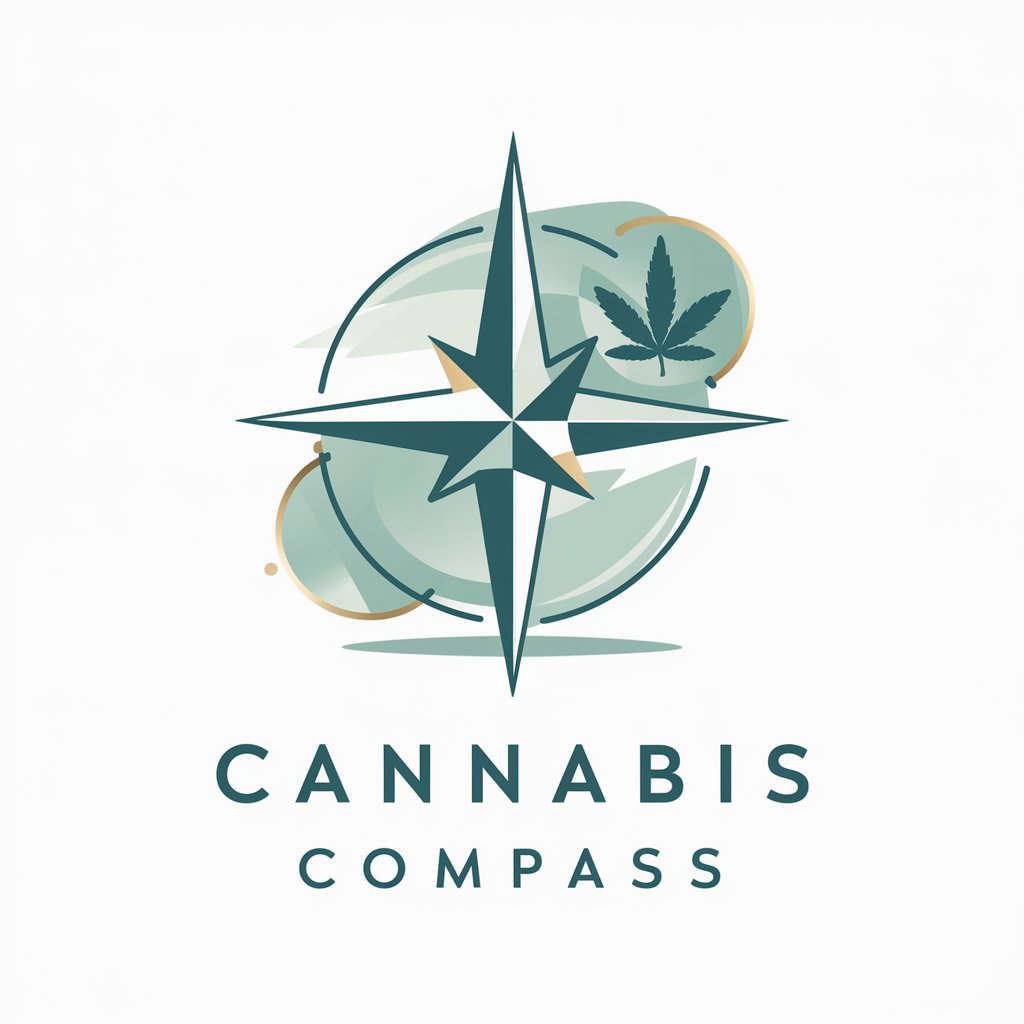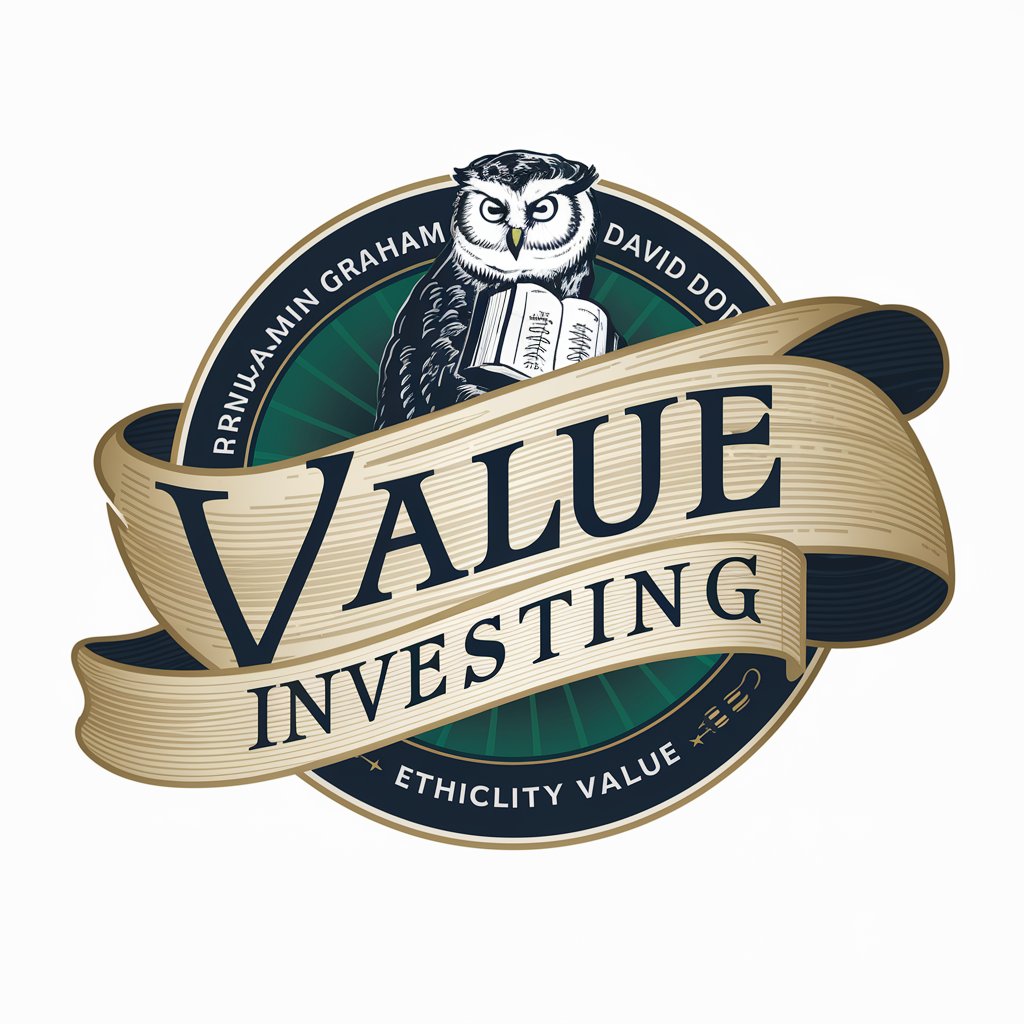Ultra Processed Food Analysis - NOVA Classification Insight

Hello! I can quickly tell you if a food product is ultra-processed. Just provide a URL.
Decoding food processing with AI
What does this GPT do?
Does this GPT work with images?
Does this GPT work with URLs?
What are the NOVA classifications?
Get Embed Code
Overview of Ultra Processed Food Analysis
Ultra Processed Food Analysis is designed to evaluate food products using the NOVA classification system, focusing on identifying ultra-processed foods (UPFs). This tool analyzes the list of ingredients and nutritional information of food products to determine their processing level. For instance, the presence of additives like xanthan gum classifies a food as ultra-processed. The primary goal is to provide users with a quick and clear understanding of a food product's processing level, aiding in healthier food choices. Powered by ChatGPT-4o。

Key Functions and Applications
Ingredient Analysis
Example
Identifying the presence of high-fructose corn syrup in a soft drink.
Scenario
A user inputs the ingredient list of a soft drink, and the analysis highlights high-fructose corn syrup as an indicator of the product being ultra-processed.
NOVA Classification
Example
Classifying a packaged meal as NOVA 4 due to multiple additives.
Scenario
When provided with the ingredient list of a ready-to-eat packaged meal, the system assesses it against the NOVA categories, identifying it as NOVA 4 (ultra-processed) due to the presence of artificial flavors and preservatives.
Processing Level Determination
Example
Assessing a breakfast cereal's processing level based on ingredients like artificial colors.
Scenario
A consumer queries the ingredient list of a colorful breakfast cereal. The analysis points out artificial colors and flavor enhancers, leading to the classification of the cereal as ultra-processed.
Target User Groups
Health-Conscious Consumers
Individuals aiming to maintain or improve their health by avoiding ultra-processed foods. They benefit from understanding the processing level of foods for better dietary choices.
Nutritionists and Dietitians
Professionals who provide dietary advice can use this tool to quickly evaluate food products for their clients, ensuring recommendations align with health goals.
Food Researchers and Academics
Researchers studying the impacts of food processing on health and those developing guidelines can utilize the analysis for data collection and educational purposes.
Food Industry Professionals
Product developers and marketers in the food industry can use the analysis to evaluate and adjust their products to meet the growing consumer demand for less processed foods.

How to Use Ultra Processed Food Analysis
1
Visit yeschat.ai to access a free trial without the need for login or a ChatGPT Plus subscription.
2
Prepare a list of ingredients or have a URL/link to a product's nutritional information ready for analysis.
3
Enter the list of ingredients directly or provide the URL into the designated input field on the Ultra Processed Food Analysis tool.
4
Click the 'Analyze' button to submit the information for processing.
5
Review the analysis results, which will classify the food product according to the NOVA classification, and explain whether the product is ultra-processed.
Try other advanced and practical GPTs
SAP Datasphere
Empowering Insights with AI

Virtual Sponsor 😇
Empowering Your Recovery Journey with AI

CBI Pro - Competency Based Interview Coach
AI-Powered UN Interview Mastery

Location Guesser GPT Enhanced
Unravel locations with AI-powered analysis.

Career Coach Pro
Empowering your entrepreneurial journey with AI.

Assistente para o CNU - Auditor Fiscal do Trabalho
AI-powered exam strategy optimizer.

00コピペ文章添削・翻訳・要約
Streamline Your Writing with AI-Powered Precision

Finance Insight x Virtuous Services
Empowering Financial Decisions with AI

Cannabis Compass
Navigate Your Cannabis Journey with AI

Ben - Expert in Value Investing
AI-powered Value Investing Insights

Hugo Content Generator
Empowering content with AI precision

Waifu Wallpapers
Craft your dream anime companion

Frequently Asked Questions about Ultra Processed Food Analysis
What is the NOVA classification used by Ultra Processed Food Analysis?
The NOVA classification is a system that categorizes foods based on the extent and purpose of their processing. Ultra Processed Food Analysis uses this system to determine if a food product is ultra-processed.
Can Ultra Processed Food Analysis identify all types of additives in food?
Yes, the tool is designed to identify a wide range of food additives, including preservatives, colorants, and emulsifiers like xanthan gum, to determine if a product is ultra-processed.
How accurate is Ultra Processed Food Analysis?
While the tool strives for high accuracy by utilizing the latest data on food processing and additives, it's important to consider it as a helpful guide rather than an absolute authority due to the complexity of food processing.
Is Ultra Processed Food Analysis suitable for professional use?
Yes, it can be a valuable tool for nutritionists, food scientists, and health professionals looking to quickly classify food products according to processing levels.
Can I use Ultra Processed Food Analysis for homemade recipes?
Absolutely. If you have a detailed list of ingredients for your homemade recipes, the tool can analyze them to determine if the final dish would be considered ultra-processed according to the NOVA classification.
